15 Photos That Show The Incredible Evolution Of the American Mall
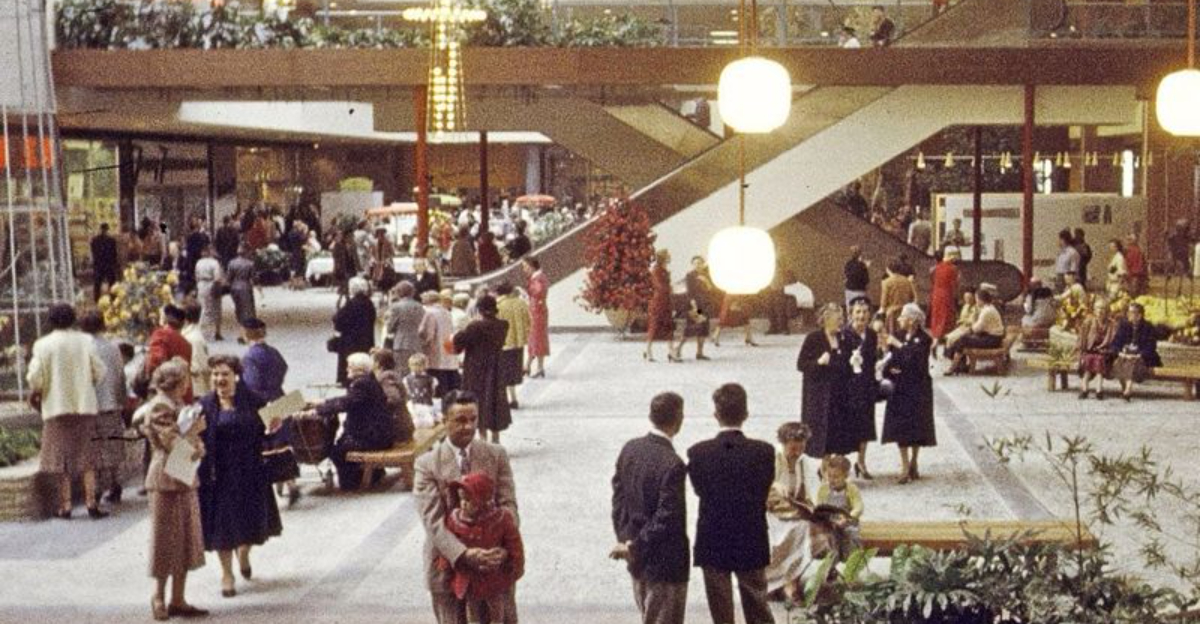
American malls—once the shining cathedrals of consumerism—have had quite the rollercoaster ride. In their heyday, they were buzzing hubs of teenage loitering, food court feasting, and spontaneous Orange Julius runs.
From weekend hangouts under neon lights to awkward first dates by the fountain, malls were more than just shopping centers—they were the place to be. But times have changed. Now, many of these sprawling spaces echo with ghostly escalators and the faint scent of Cinnabon past.
Some have been reinvented as gyms, churches, or oddly spacious pickleball courts, while others simply sit frozen in time like retail ruins. Still, for anyone who grew up in the golden era of mall madness, there’s something deeply nostalgic about those tiled corridors and overenthusiastic perfume spritzers.
So grab your mall map and let’s take a stroll through the evolving saga of America’s most beloved indoor playgrounds—with plenty of humor, nostalgia, and maybe a pretzel.
1. The Dawn of Shopping Centers
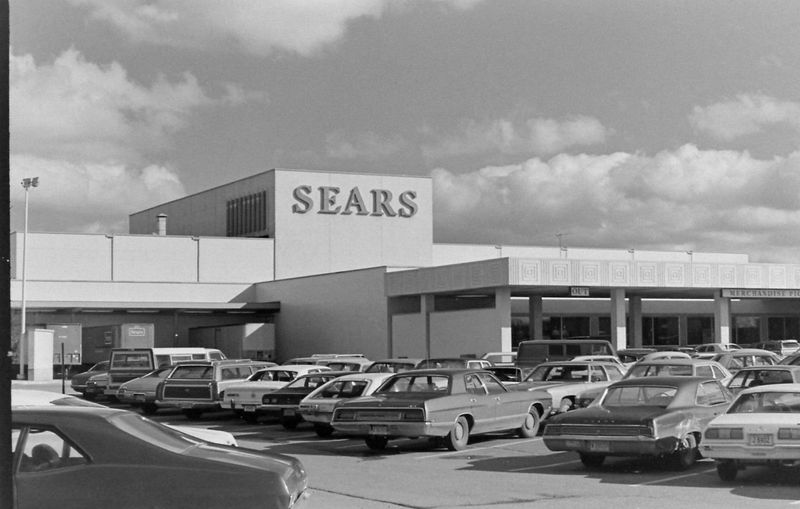
Picture this: It’s the 1950s, and shopping malls are the new “cool cats” of consumer culture. They were the perfect blend of convenience and style, offering a one-stop shop for everything from groceries to gadgets. Imagine strolling through an open-air shopping center, with vintage cars parked outside and ladies in poodle skirts and gentlemen in fedoras wandering around.
These early malls were not just places to shop; they were community hubs where families gathered to spend quality time. Kids would run around with ice cream cones, while parents enjoyed a leisurely window shopping experience. The design was open and spacious, inviting everyone to enjoy the fresh air and sunshine.
The dawn of shopping centers marked the beginning of a new era. Small-town squares were slowly replaced by these gigantic retail playgrounds, setting the stage for what would become a multibillion-dollar industry. Talk about a “mall-velous” transformation!
2. The Birth of the Enclosed Mall

Fast forward to the 1960s, when enclosed malls became the new sensation. Say goodbye to open-air designs and hello to climate-controlled comfort. These architectural marvels offered a cozy escape from the unpredictable weather, making shopping a year-round activity.
Inside, you could find everything your heart desired, from the latest fashion to the trendiest gadgets. The hustle and bustle of shoppers in their sleek 1960s attire added to the vibrant atmosphere. It was a time when malls were more than just shopping destinations; they were entertainment venues.
This era also saw the rise of iconic anchor stores, drawing in crowds like moths to a flame. Enclosed malls became the heart of suburban life, a place where memories were made, and wallets were emptied. Truly, the enclosed mall was a “retailutionary” idea!
3. The Mall as a Cultural Icon
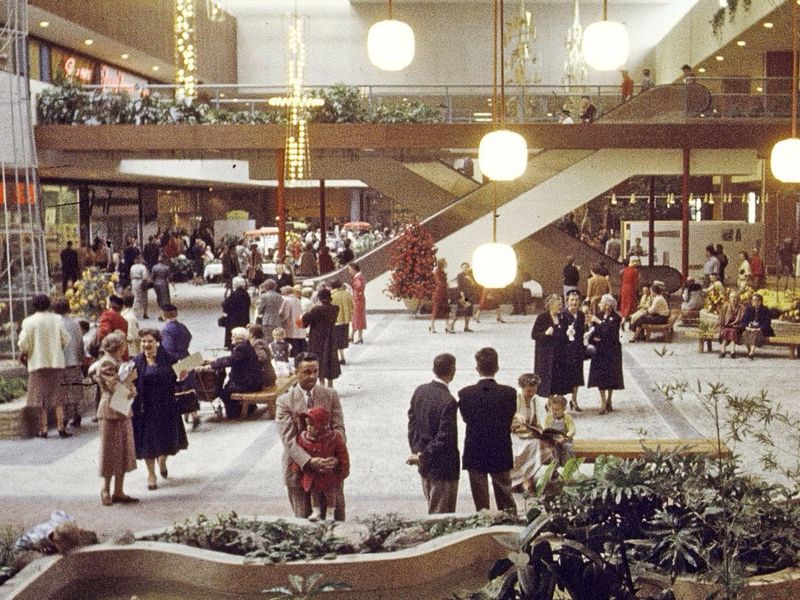
The 1970s saw malls transforming from mere shopping centers into cultural icons. Suddenly, these were the places to be, with teenagers flocking to their local mall like bees to honey. It was the era of the “mall rat,” where hanging out was as crucial as shopping.
Malls hosted live performances, turning into makeshift concert venues where local bands entertained shoppers. The vibe was electric, with the latest hits echoing through the corridors. Teens in bell-bottoms and platform shoes gathered around, laughing and sharing stories.
Malls became community hubs where friendships were forged and first crushes blossomed. Whether grabbing a soda or catching a matinee at the mall cinema, it was an experience that defined a generation. The mall had become a place where culture, commerce, and camaraderie collided. It was, without a doubt, a “mall-umental” period!
4. The Food Court Revolution
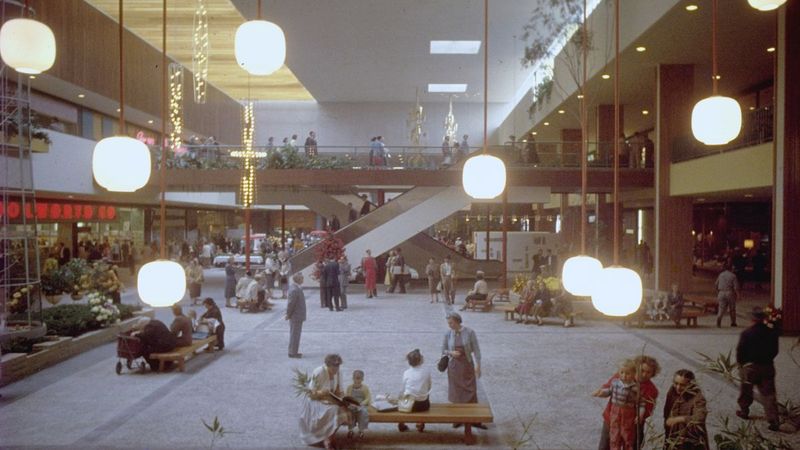
Welcome to the 1980s, where the food court became the mall’s pièce de résistance. It was a culinary paradise, offering a smorgasbord of options from greasy burgers to exotic sushi, all under one roof. With neon lights and colorful chairs, the food court was undeniably the heart of the mall.
Families gathered to feast, while teenagers claimed it as their social headquarters. It was a place where taste buds traveled the world without leaving town. Fast food chains popped up like mushrooms, each vying for mall-goers’ attention with catchy jingles and enticing aromas.
The food court revolutionized how people dined out, making quick and affordable meals accessible to everyone. It wasn’t just about feeding the belly; it was about feeding the soul with laughter, stories, and the occasional brain freeze from a too-cold milkshake. Mall dining had never been so “taste-tacular!”
5. The Rise of the Mega Mall
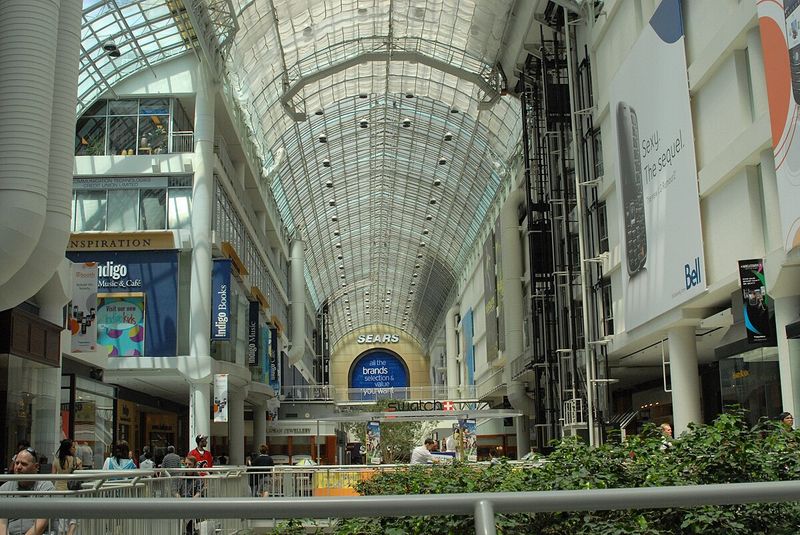
The 1990s ushered in the era of the mega mall, where size truly mattered. These colossal complexes were not just about shopping; they were destinations in their own right, complete with indoor theme parks, ice skating rinks, and multiplex cinemas.
Shoppers would spend entire days exploring these vast spaces, discovering new stores and attractions at every turn. It was a shopping adventure like no other, with each mega mall trying to outdo the last with bigger and bolder features.
The mega mall was a testament to consumerism at its peak, where everything you could imagine was available in one location. It was a place where dreams came true, albeit sometimes at the expense of a credit card bill. The 1990s mega mall was the “mall-stodonic” wonder of its time!
6. The Decline of Anchor Stores
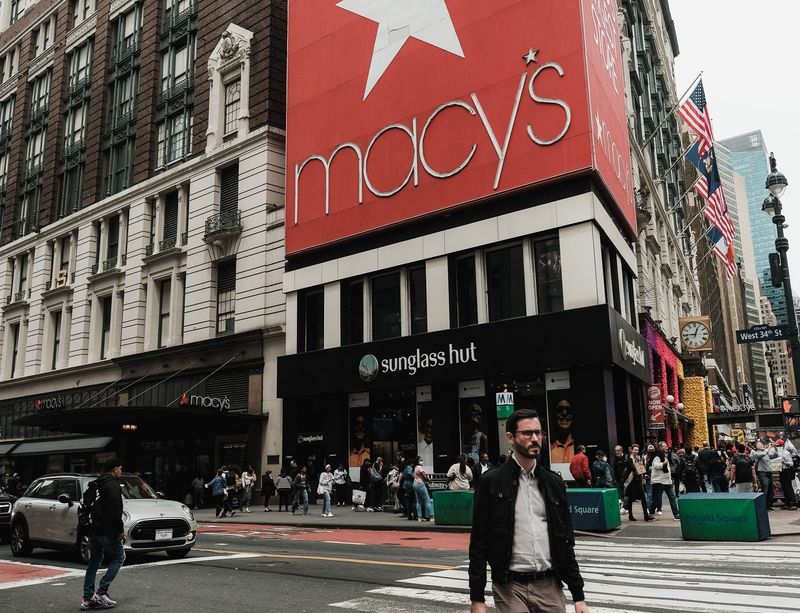
The turn of the millennium brought a shift in shopping habits, leading to the decline of anchor stores. These retail giants, once the pillars of the mall, began closing their doors, leaving behind vacant spaces and questions about the future.
As consumer preferences changed, malls struggled to adapt. The rise of online shopping meant more people were choosing convenience over the traditional mall experience. The once-crowded corridors now echoed with the footsteps of fewer shoppers.
This period marked a turning point, as malls had to reinvent themselves to stay relevant. The decline of anchor stores was a wake-up call, prompting a rethinking of how these spaces could serve their communities. Despite the challenges, the spirit of the mall persisted, proving that even in decline, it could still be “mall-velous.”
7. The Birth of Lifestyle Centers
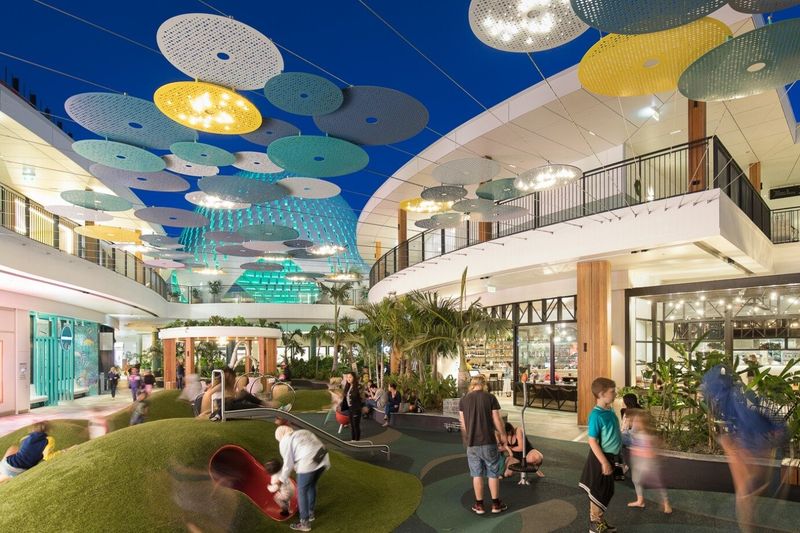
Out with the old, in with the new! Enter the lifestyle center, a modern twist on the traditional mall. These open-air shopping destinations offer more than just retail therapy; they’re places to relax, dine, and enjoy leisure activities.
Gone are the cookie-cutter designs of yesteryears. Lifestyle centers boast unique architecture, luscious landscaping, and a focus on creating community spaces. It’s about blending shopping with socializing, where people can gather, connect, and unwind.
These centers are not just about shopping; they’re about experiences. From outdoor concerts to yoga classes, lifestyle centers cater to a new generation of shoppers who value experiences over possessions. They’re proof that malls can evolve and stay relevant, creating a “mall-etropolis” for all to enjoy!
8. The Mall Goes Digital

The future is now, and malls are embracing the digital age. From interactive kiosks to virtual reality experiences, technology is transforming the way we shop. These innovations are adding a new layer of engagement, making the mall experience more immersive and personalized.
Digital directories guide shoppers through the labyrinth of stores, while apps offer exclusive deals and promotions. Virtual reality experiences transport customers to distant lands, making every visit an adventure.
The integration of technology is a game-changer, blending the physical and digital worlds seamlessly. It’s not just about buying products; it’s about engaging with brands in new and exciting ways. The digital age has turned malls into “mall-ti-dimensional” experiences, setting the stage for the future of retail.
9. The Rise of Pop-Up Shops

Pop-up shops are the new kids on the block, bringing a sense of novelty and excitement to the mall scene. These temporary retail spaces offer something fresh and unexpected, attracting curious shoppers eager to discover the latest trends.
Whether it’s a limited-time fashion collection or a quirky art installation, pop-up shops create buzz and draw crowds. They provide a platform for emerging brands to showcase their products, adding a dynamic element to the mall experience.
For shoppers, it’s an opportunity to explore something different, a break from the usual routine. Pop-up shops are a testament to the ever-changing nature of retail, proving that malls are still relevant in a world that’s constantly evolving. It’s a retail “pop-portunity” that can’t be missed!
10. The Green Mall Movement

Sustainability is in vogue, and malls are jumping on the green bandwagon. Enter the eco-friendly mall, where environmental consciousness is at the forefront. From solar panels to green rooftops, these spaces are designed with the planet in mind.
Shoppers can enjoy a guilt-free experience, knowing their favorite mall is taking steps to reduce its carbon footprint. Sustainable fashion stores, organic eateries, and eco-friendly products are just some of the features attracting environmentally conscious consumers.
The green mall movement is a win-win for everyone, offering a blend of retail therapy and eco-awareness. It’s about making a positive impact while enjoying a day of shopping. In a world where going green is more than just a trend, these malls are truly “eco-mall-gical!”
11. The Mall as a Community Hub
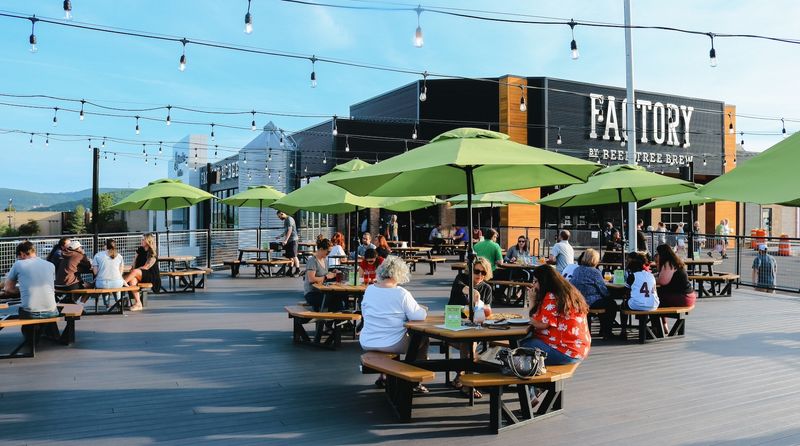
Today’s malls are redefining their role, becoming the heart of communities. They’re not just about shopping anymore; they’re about bringing people together. From hosting farmers markets to organizing charity events, malls are hubs of social activity.
These spaces offer something for everyone, from toddlers to seniors, fostering connections and building relationships. It’s where neighbors meet, families celebrate, and friendships are forged.
The mall’s evolution into a community hub is a testament to its adaptability. It’s about creating a sense of belonging and making a positive impact. In a world that’s increasingly digital, the mall offers a tangible space for real-life interactions. It’s a “mall-heim” for community spirit!
12. The Mall’s Role in Fashion
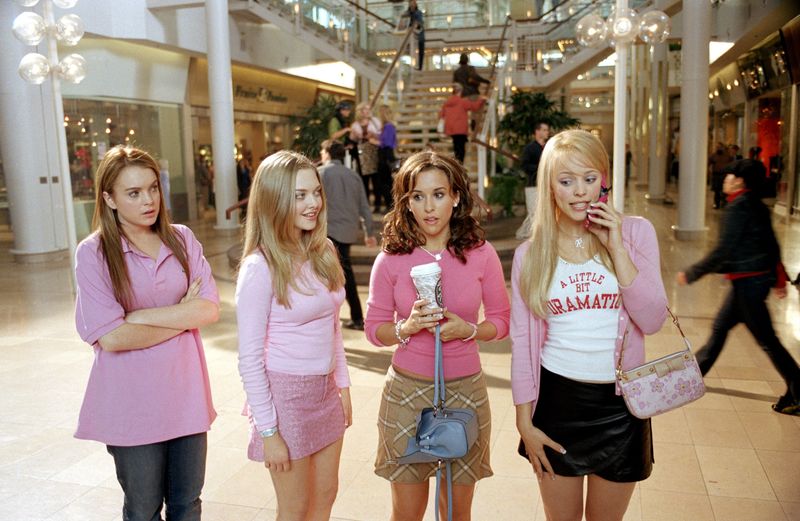
Fashion has always been at the core of the mall experience. From runway shows to exclusive collections, malls are where trends are born and style is celebrated. It’s a place where fashionistas flock to discover the latest in couture and ready-to-wear.
Malls offer a platform for both established designers and emerging talent, showcasing a diverse range of styles. The fashion-conscious crowd gathers to watch models strut their stuff and get inspired by the latest looks.
The mall’s role in fashion is undeniable, providing a stage for creativity and expression. It’s where style dreams come true, and where everyone can find a piece of fashion magic. For fashion lovers, the mall is a “mall-vellous” playground!
13. The Mall’s Architectural Evolution
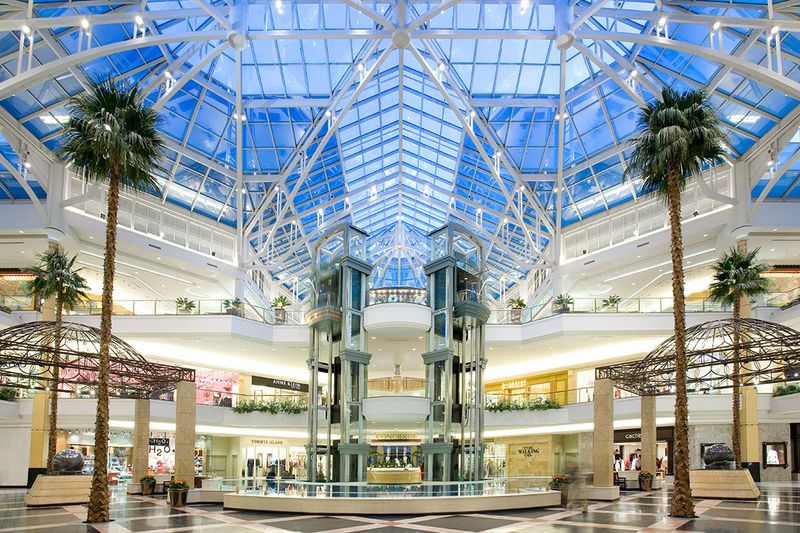
Malls have come a long way from their humble beginnings, with architecture that’s as diverse as the stores within. From classic designs to modern marvels, each mall tells its own story through its structure.
The architectural evolution reflects changing tastes and cultural influences. Malls today are designed to be more than just functional; they’re works of art that invite admiration and exploration.
Whether it’s a grand atrium or a quirky façade, architecture adds character and charm to the mall experience. It’s about creating spaces that are visually stunning and inviting, making every visit a feast for the eyes. The architectural evolution of malls is truly “mall-gnificent!”
14. The Mall’s Resilience in Changing Times
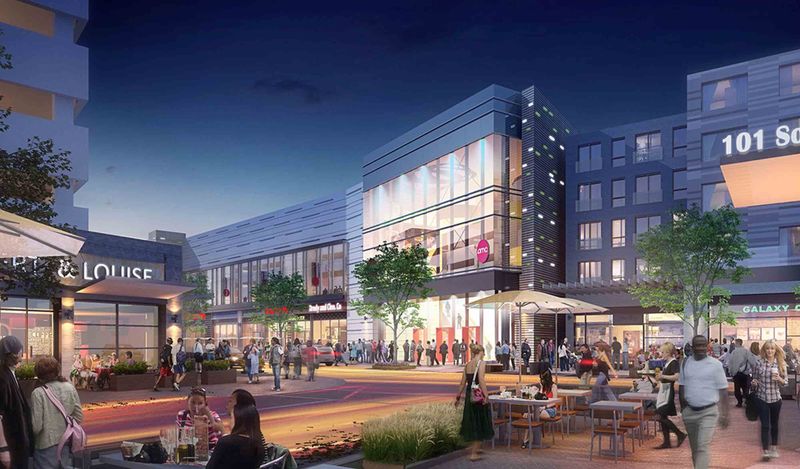
In a world where change is the only constant, malls have shown incredible resilience. They’ve weathered economic downturns, technological advancements, and shifting consumer preferences, adapting to whatever challenges come their way.
This resilience is a testament to the mall’s ability to innovate and remain relevant. Whether it’s embracing digital technology or hosting community events, malls continue to find new ways to connect with consumers.
Even as the retail landscape evolves, the mall remains a steadfast presence, proving that it’s more than just a place to shop. It’s a symbol of adaptation and survival, always ready to meet the needs of the times. The mall’s resilience is nothing short of “mall-aculous!”
15. The Future of the American Mall
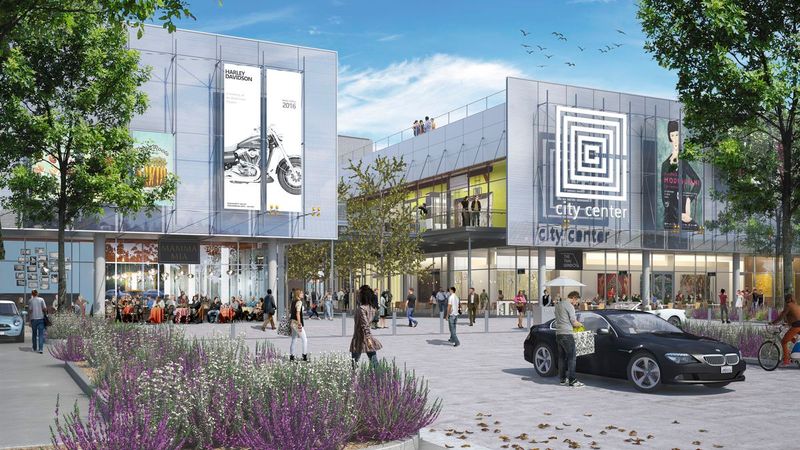
As we look to the future, one thing is clear: the American mall is not going anywhere. With advanced technology and innovative features, malls are poised to continue evolving and meeting the needs of future generations.
From augmented reality experiences to personalized shopping assistants, the future mall promises to be a blend of convenience and excitement. It’s about creating a seamless and engaging experience for shoppers of all ages.
The future of the mall is bright, embracing change and innovation while remaining a beloved destination. As the retail landscape shifts, the mall will continue to adapt, ensuring its place in the hearts of shoppers. The future of the American mall is undoubtedly “mall-gical!”
